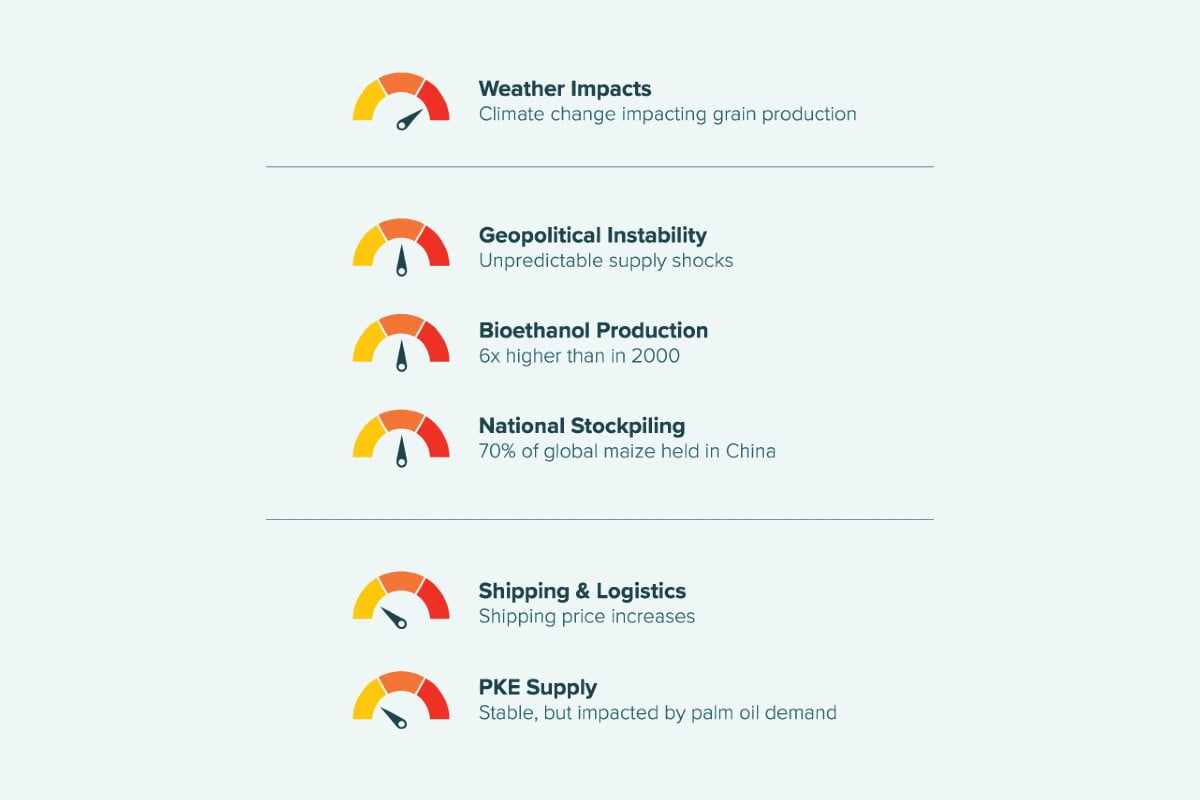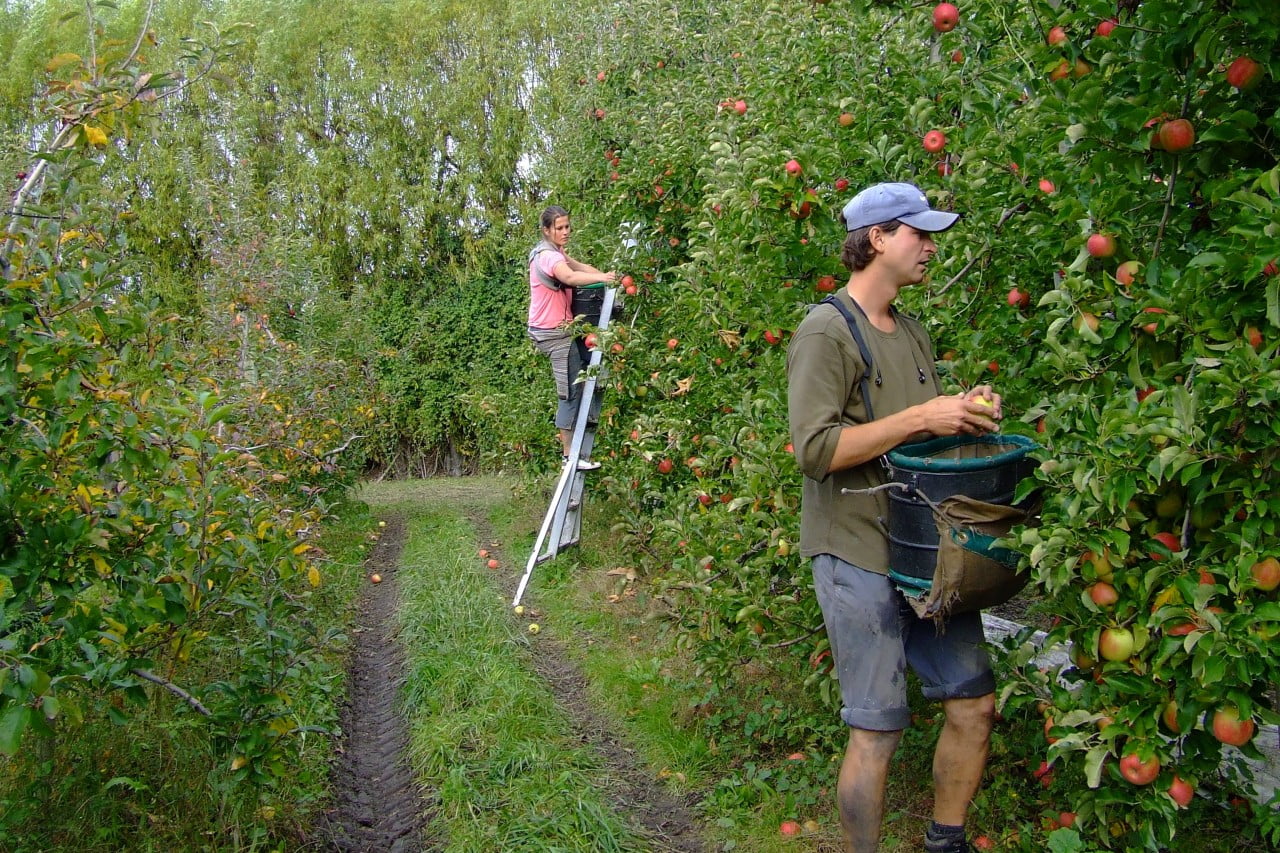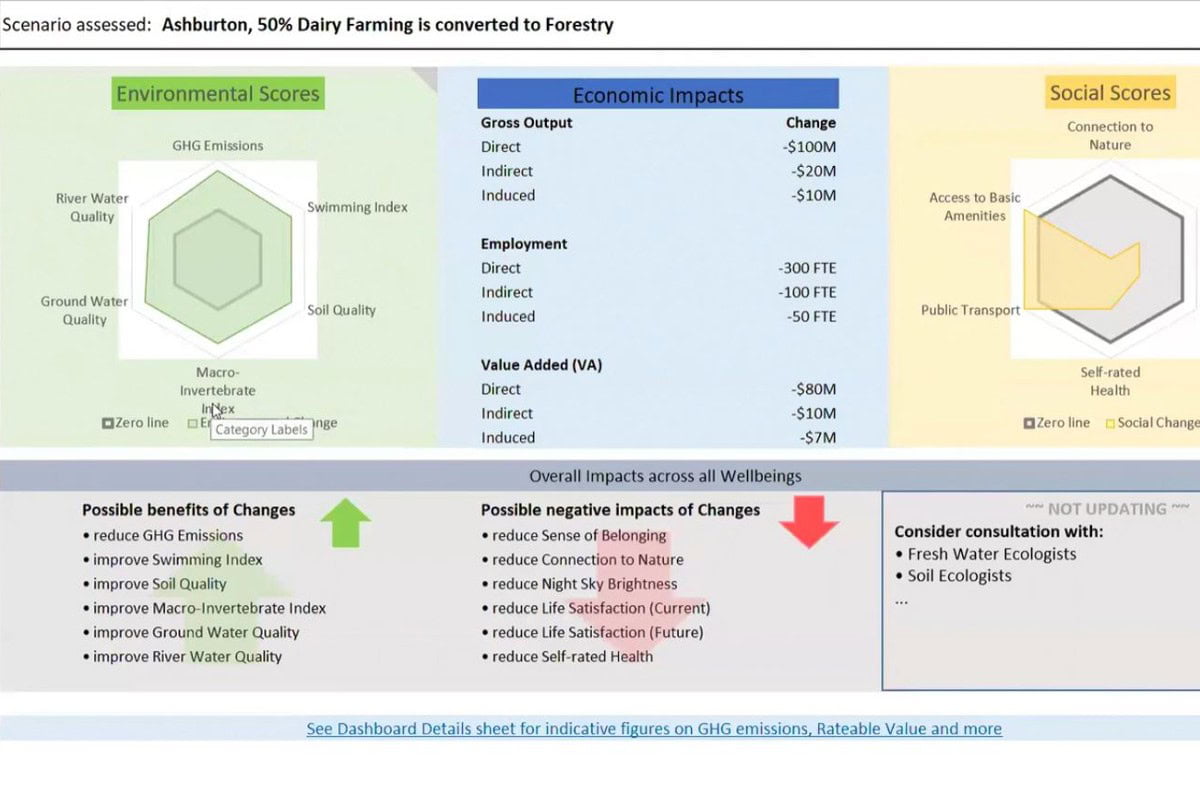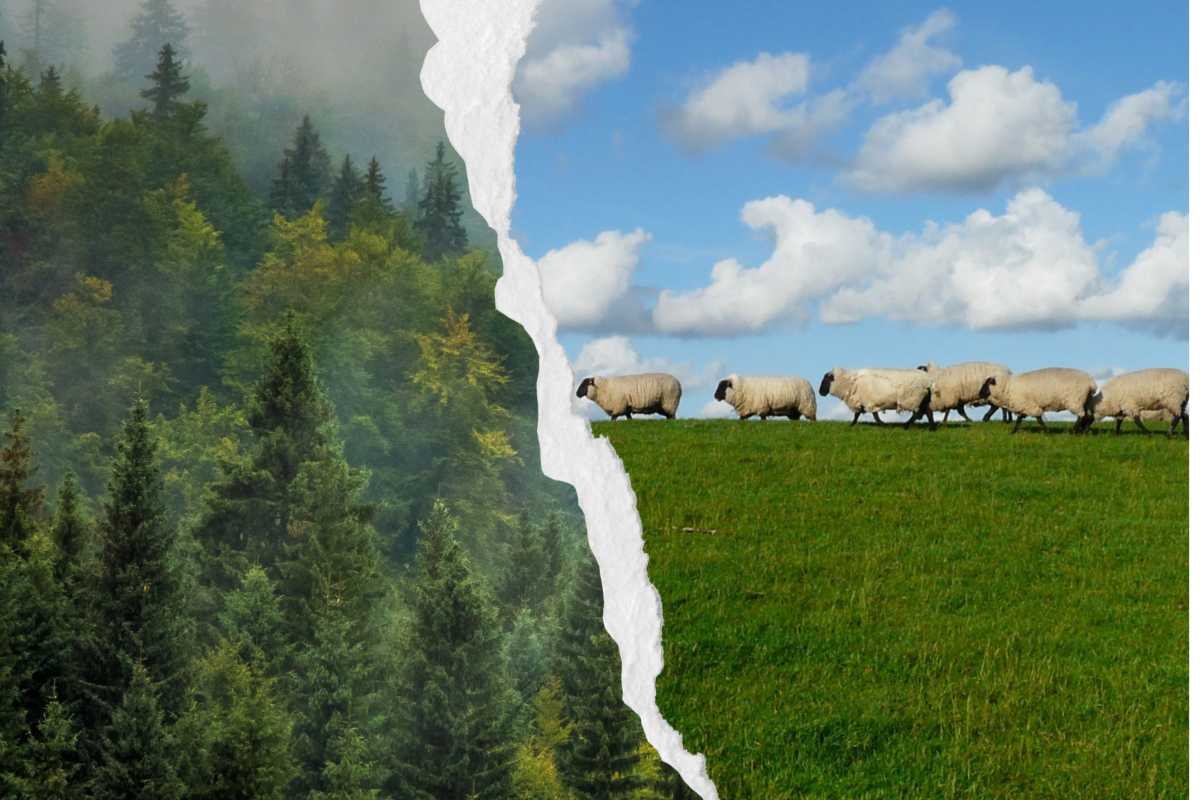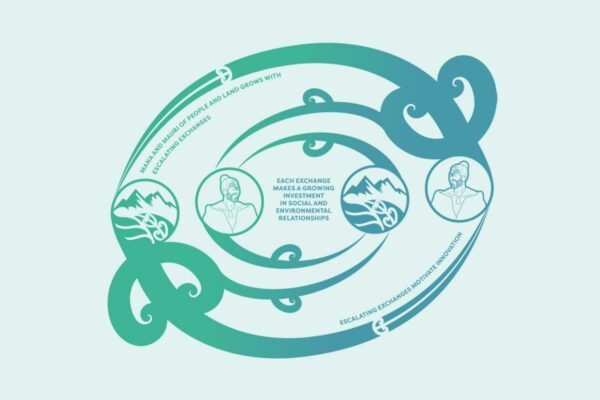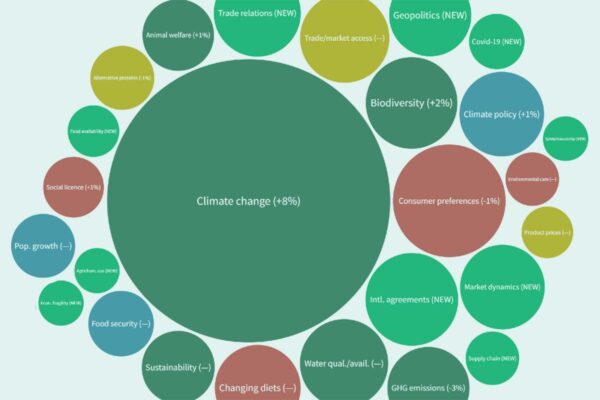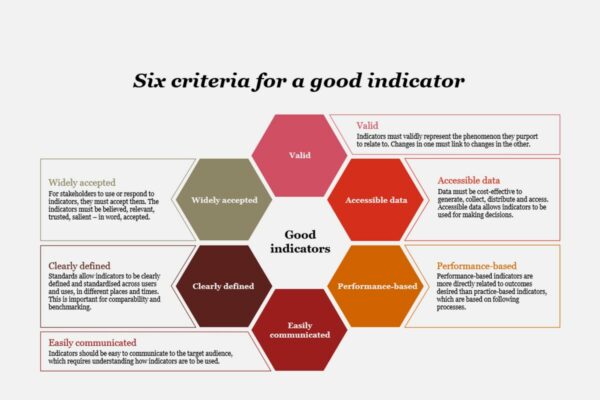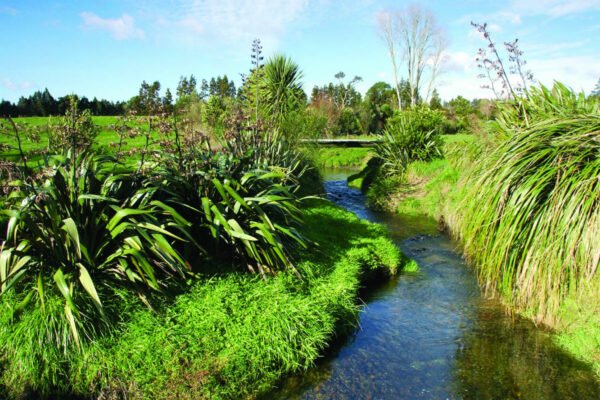Impact of Imported Feed Shortages
Implications of global price and supply of supplementary feeds on the New Zealand agricultural sector
Project Details Ngā taipitopito
Collaborators Ngā haumi
AgFirst | WhenuaTahi
What are we doing?E aha ana mātou?
Pork, poultry and high-input dairy farms are facing significantly higher prices for imported feed, due to shipping costs and supply issues as a consequence of the Covid-19 pandemic and the Russia-Ukraine conflict. This is creating challenges for farmers who are struggling to meet production goals and animal welfare targets while remaining profitable.
This project will investigate the impact on the agricultural sector if supplementary feeds cannot be imported or are too expensive. It will explore how dairy farmers could change their farm systems so they didn’t need to rely on imported supplements, how land-use would change if all imported feeds had to be replaced by domestically grown crops, and the impact of insufficient domestically grown supplementary feeds.
The project will detail alternative and realistic solutions that will outline a pathway for our primary industries to navigate through during these challenging global events.
How can the research be used? Ka pēhea e whai take ai te rangahau?
- This project will provide insights on the implications of current global disruptions, which could be applied during later pandemics and times of global unrest.
- Researchers will survey pig and poultry industries and review feed statistics to understand the range and spread of issues faced. The research will also analyse selected dairy farms (in Waikato, Bay of Plenty, Taranaki, Canterbury, Southland) about the on-farm financial and environmental impacts of shortages of supplementary feeds.
- A report will detail alternative and realistic solutions that will outline a pathway for our primary industries to navigate through during these challenging global events. For example, using domestically grown feeds as a substitute (the demand for which could trigger land use change into arable cropping); or farm systems change to incorporate homegrown supplementary feed and de-intensification to remove reliance on imported feed.
- Report content will be of interest to audience groups such as rural professionals and farmers, presented via webinar.
 View Our Strategy Document 2019 – 2024
View Our Strategy Document 2019 – 2024



